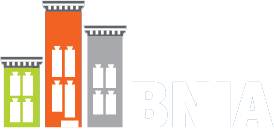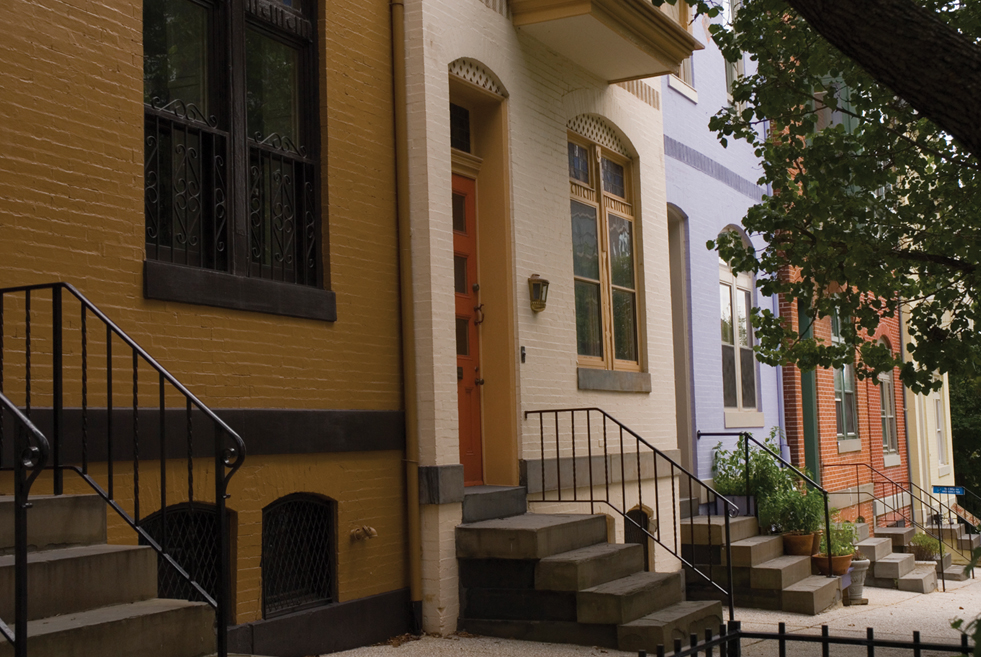With Baltimore experiencing another decade of population loss that represents continued stress on the city’s stability and positive change, the Baltimore Community Change Project 2010-2020 has launched an ongoing effort to help local residents understand why and how this is occurring—and begin the process of turning it around.
Historians may well mark the decade that just passed as one of the most tumultuous for Baltimore. From the Great Recession to civil unrest after the death of Freddie Gray while in police custody, to the widespread problem of vacant houses and the COVID-19 pandemic, Baltimore’s neighborhoods have been buffeted by multiple economic, political and public health storms. The challenge is how to leverage resiliency where it exists and capitalize on opportunities when they arise.
According to the 2020 U.S. Census data release in August 2021, the city learned that it had experienced a -5.7 percent population loss between 2010 and 2020. The city’s current population is 585,708, which is the lowest population in more than a century. Although Baltimore lost population overall, population loss for communities throughout the city has not been uniform—with many communities gaining population next door to communities that lost more than four times the citywide average.
The reasons for this loss are not obvious. Baltimore was the only city on the East coast between Richmond and Boston to lose any population at all. Based on years of research and data analysis, the Baltimore Neighborhood Indicators Alliance (BNIA-JFI), part of The University of Baltimore’s Jacob France Institute, has prepared a series of reports, together called the Baltimore Community Change Project 2010-2020, to understand why and how these losses are happening.
“The major goal of this work is to empower residents to use data to stop population decline and eliminate disparities across neighborhoods,” says BNIA-JFI Director Seema Iyer. “We know people are working hard every day to make Baltimore a better place for all of us and we want the data to help them advocate for change.”
Key Indicators to track:
- The pattern of population change is stubbornly consistent:
- The pattern of population change in Baltimore has remained consistent since 2000. Communities that grew between 2000 and 2010 continued to grow between 2010 and 2020; communities that declined, continued to decline. Over the two decades, 44 out of the 55 community statistical areas (CSAs) in Baltimore maintained the same pattern.
- How can communities measure housing diversity?
- For a neighborhood to be a reasonable place for people of varying incomes to live, communities should track the interrelationships of three different indicators together. The same communities with significant increases in both housing voucher rates and the rent affordability index are the same communities with significant declines in owner-occupancy rates.
- How have communities addressed building vacancy?
- Communities experiencing significant reductions in housing vacancy over the decade did so predominantly from demolition of properties, which has not yet resulted in population stabilization or growth. Communities with significant rehabilitation of existing buildings saw population growth in white neighborhoods but not in predominantly African-American neighborhoods.
- How long are residents traveling to work? And where to?
- A higher percentage of residents traveling more than 45 minutes is associated with population loss, higher percentages of African-American households (and neighborhoods with lower diversity overall), higher unemployment rates, higher percentages of workers commuting outside of the city, and higher percentages of no internet access at home.
- Connectedness is directly related to growth:
- Communities with higher percentages of households with no internet access at home experienced population loss, had lower median incomes, had higher unemployment rates, and a higher percent Black/African-American population. Communities with the highest rates of registered voters participating in general elections also saw the greatest increases in population size.
- Quality of life improved along multiple measures:
- Many quality of life indicators improved including the teen birth rate, the proportion of children ages 0-6 with elevated blood lead levels, the property crime rate, off-premise liquor outlet density, and rate of dirty streets/alleys reports. Together, these trends point to a healthier and more equitable city.
This series of reports will lead to several pathways for anyone to get involved. The general audience for these briefs includes nearly everyone: community leaders, community-based organizations, elected officials, and funders of community-based organizations. Several events will help communities digest and understand the findings in the reports, and culminate in a Baltimore Community Change Summit. During the week of March 21-26, everyone interested can attend a session to help find data-driven solutions together that will help stop population loss and close the gap on disparities evident across our communities.
Sign up to “Get Notifications” about events leading up to the Summit.
BNIA staff will also be hiring and training community facilitators on how to listen for and document community-based solutions that arise during the Summit. To apply to be a community facilitator, sign up online.
Are you a neighborhood trivia wiz? BNIA is working with the University’s Bogomolny Library to test your knowledge of Baltimore’s neighborhoods. Sign up online on the Baltimore Community Change Project Hub site.
The work of the Baltimore Community Change Project has been guided by an advisory group made up of community members, city agencies, foundations, faculty from area universities, and nonprofits.
“Baltimore has extraordinary assets that make our city an attractive place to live, work and raise a family. The Baltimore Community Change Project provides valuable research and data analysis to provide direction to reverse population loss over the next decade by taking advantage of the city’s attributes,” said Donald C. Fry, President & CEO of the Greater Baltimore Committee.
Several students from The University of Baltimore’s Data Science Corps worked alongside BNIA-JFI staff to ensure best data processing practice for analysis, geographic information systems, visualizations, and ethical data application.
The graduate student team consists of four students from several local and national universities, including Morgan State University, Johns Hopkins University, and the Universities of Michigan and Illinois, with various technical backgrounds in urban planning, communications, and public health. The graduate students worked on data analysis, visual communications, and public engagement to aid in the development of the Community Change Reports.
The project was sponsored by the France-Merrick Foundation, the Greater Baltimore Committee, and the Baltimore Community Foundation.
The University of Baltimore is a member of the University System of Maryland and comprises the College of Public Affairs, the Merrick School of Business, the School of Law and the Yale Gordon College of Arts and Sciences.



